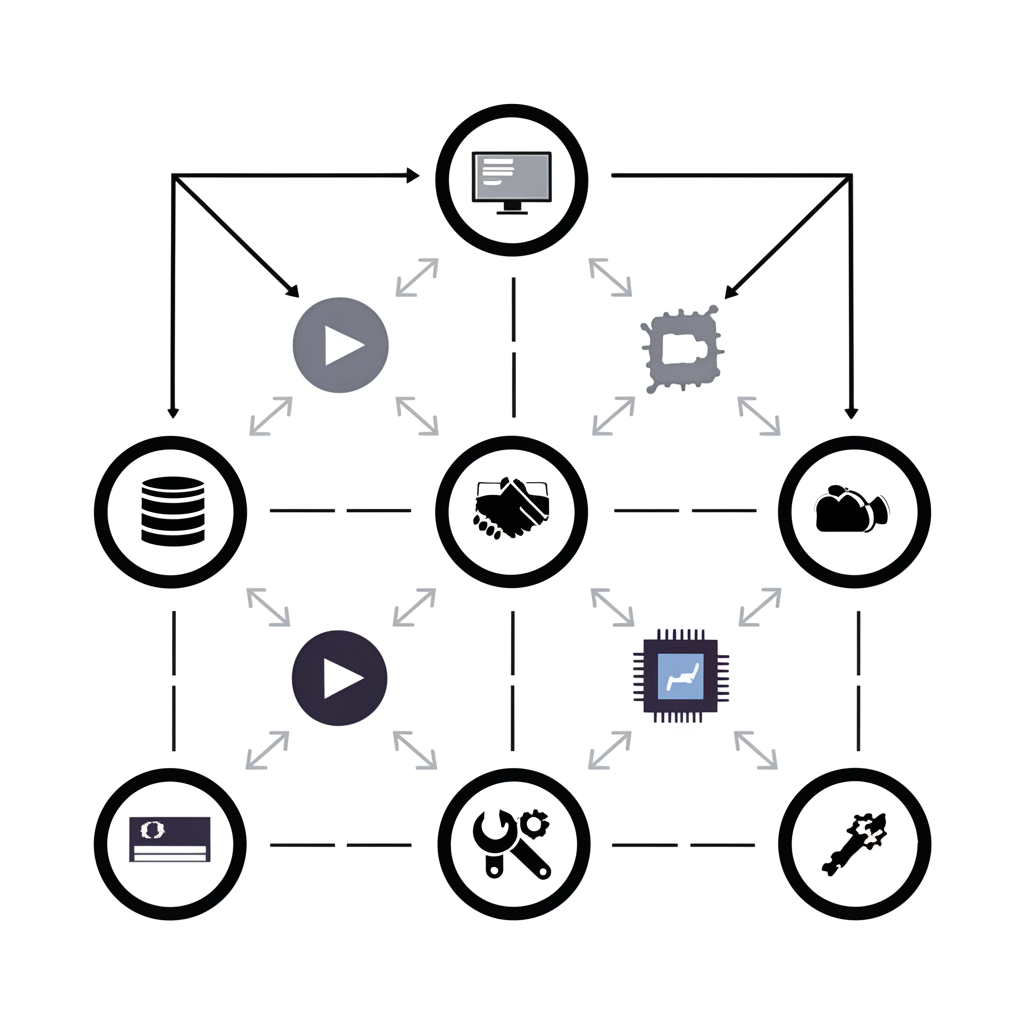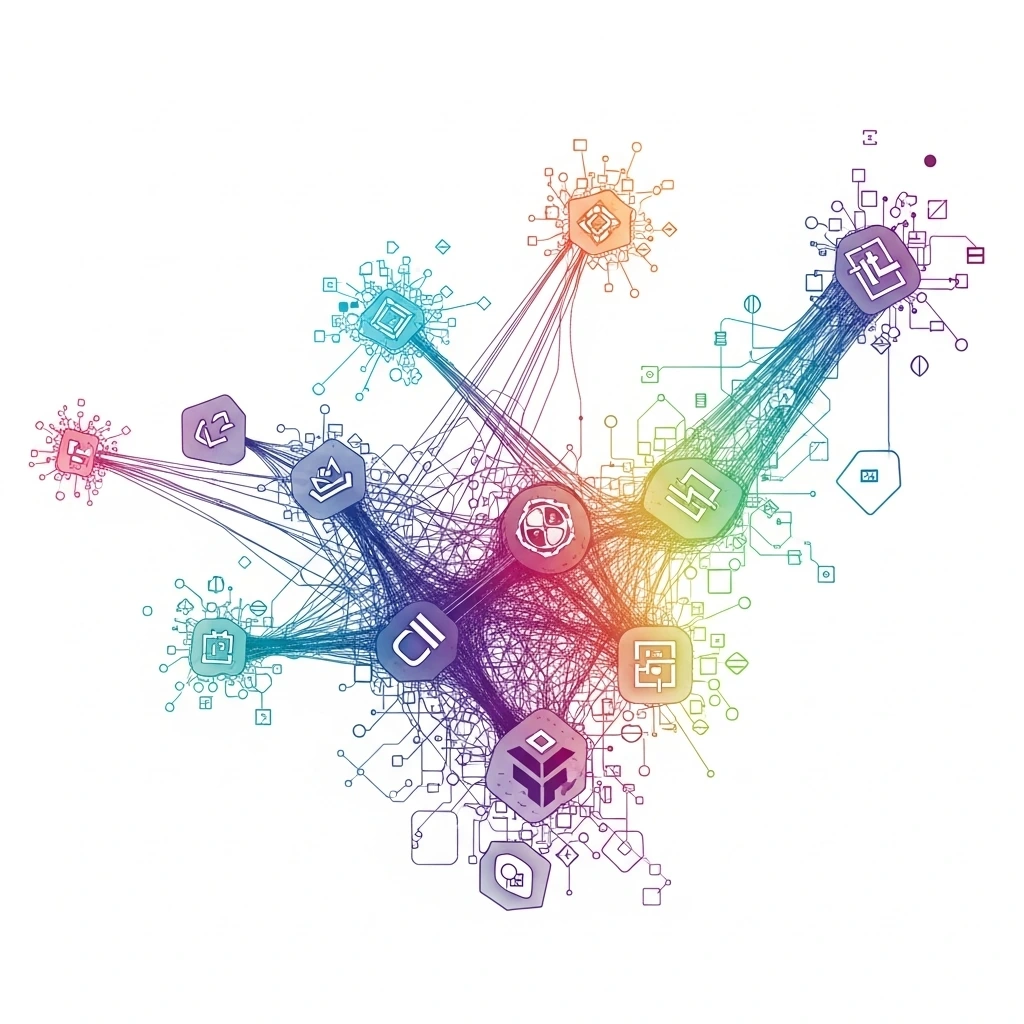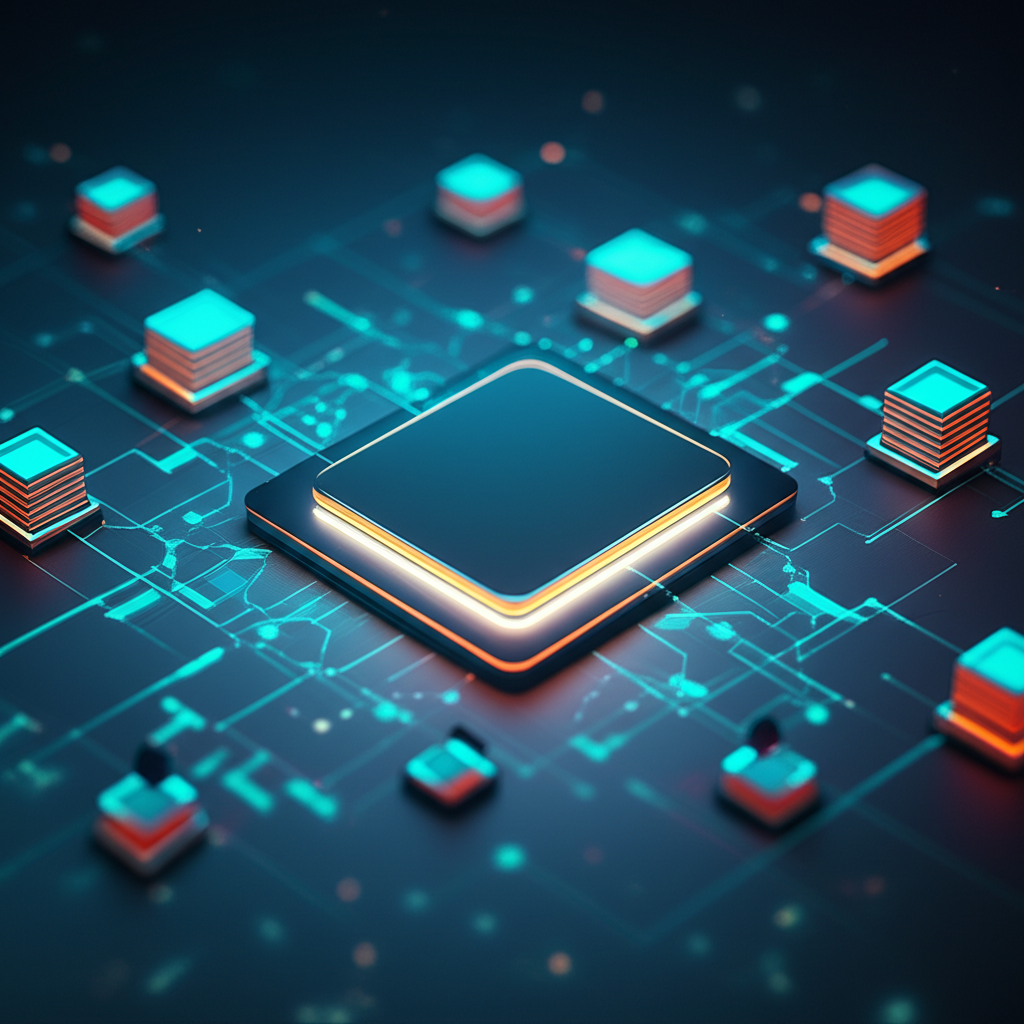In today’s fast-paced digital world, systems that can react quickly and adapt to change are highly valued. This is where the concept of event driven architecture benefits truly shine. Instead of systems constantly polling each other for updates or waiting for explicit commands, they operate on a principle of “listening” for significant occurrences, or events. Think of it like a well-orchestrated symphony where each musician plays their part when a specific cue is given, rather than everyone playing all the time. This fundamental shift in how we design and connect software systems is a game-changer.
What is Event Driven Design?
So, what is event driven design at its core? It’s a software architecture pattern where components communicate asynchronously by producing and consuming events. An event is simply a meaningful change in state. For example, a customer placing an order is an event. A new user signing up is another. When something interesting happens, an event is published to an event stream or message broker. Other parts of the system, interested in that specific event, then react to it. This decoupling is a major strength, allowing different services to evolve independently without tightly coupled dependencies.

Event Driven vs. Request-Response Architectures
This approach offers distinct advantages over traditional models, particularly when compared to event driven vs request response architectures. In a request-response model, a client directly asks a server for information or to perform an action. This can lead to bottlenecks if the server is busy or if multiple requests arrive sequentially. Event-driven systems, on the other hand, are inherently more resilient and scalable. Because components don’t directly interact, one can fail without immediately taking down others. Furthermore, the asynchronous nature means a system doesn’t have to wait for a response; it can continue processing other tasks while the event is being handled by its consumers.
Key Technologies in Event Driven Architecture
When implementing an event-driven system, you’ll often encounter robust messaging technologies that facilitate this communication. Platforms like Kafka, RabbitMQ and similar message brokers act as the central nervous system. They provide reliable ways for events to be published, stored, and delivered to interested parties. Kafka, for instance, is known for its high throughput and fault tolerance, making it ideal for handling large volumes of real-time data streams. RabbitMQ, on the other hand, offers advanced routing capabilities and message queuing features, providing more granular control over event delivery. Choosing the right technology depends on your specific needs and scale.
Reaping the Benefits of Event Driven Architecture
The event driven architecture benefits are numerous. Scalability is a big one; you can easily add new services that consume existing events without modifying the event producers. Decoupling, as mentioned, is crucial for maintainability and agility. Systems become more responsive, as actions can trigger immediate reactions across various services. This pattern also fosters innovation, as new functionalities can be built by simply subscribing to existing event streams. Imagine a business process where a new feature needs to be added – with an event-driven approach, you can often create a new consumer of an existing event without altering the original service, speeding up development cycles significantly.

Designing for Success: Considerations for Event Driven Systems
Designing an event-driven system requires careful consideration. It’s not just about picking a message broker. You need to think about event schema design – how events will be structured and versioned to ensure compatibility over time. Idempotency of event consumers is also critical; a consumer should be able to process the same event multiple times without causing unintended side effects. Error handling and dead-letter queues are essential for managing events that cannot be processed successfully. Finally, proper monitoring and observability are key to understanding the flow of events and troubleshooting issues.
Conclusion: Building for the Future
In summary, the shift towards event-driven architectures represents a fundamental evolution in how we build distributed systems. By embracing asynchronous communication and focusing on meaningful state changes, organizations can unlock greater flexibility, resilience, and scalability. Understanding what is event driven design, comparing it with event driven vs request response models, and leveraging powerful tools like Kafka and RabbitMQ in an event architecture are crucial steps in harnessing these significant event driven architecture benefits. It’s an investment in building systems that are not only robust today but also adaptable for the challenges of tomorrow.
